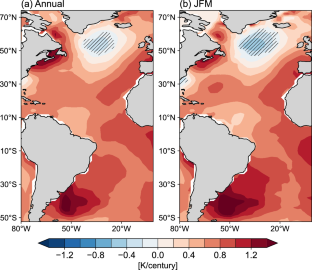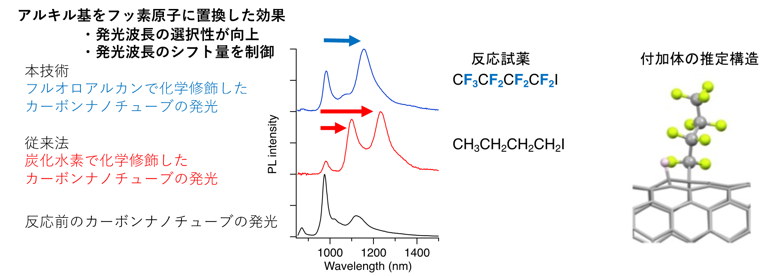2023-07-31 ピッツバーグ大学
◆研究では、流体と化学反応の相互作用によって、微細なポリマーシートが自己組織化し、粘着性のある結合点を介して自動的に3D構造を形成することが示されました。これにより、複雑な機械装置を必要とせずに、効率的で経済的な3Dマイクロ構造の製造が実現できると期待されます。また、この方法は生物にとって友好的な水を使用するため、医療応用にも適しています。
◆今後は実験者にガイドラインを提供し、自己組織化による製造プロセスの自動化を進めることが重要であるとされています。
<関連情報>
- https://news.engineering.pitt.edu/stick-to-itiveness-building-blocks-spontaneously-construct-3d-objects-in-solution/
- https://academic.oup.com/pnasnexus/article/2/7/pgad232/7230111?login=false
閉じ込められた流体を工学的に制御し、立体構造を自律的に組み立てる Engineering confined fluids to autonomously assemble hierarchical 3D structures
Oleg E Shklyaev, Abhrajit Laskar, Anna C Balazs
PNAS Nexus Published:24 July 2023
DOI:https://doi.org/10.1093/pnasnexus/pgad232

Abstract
The inherent coupling of chemical and mechanical behavior in fluid-filled microchambers enables the fluid to autonomously perform work, which in turn can direct the self-organization of objects immersed in the solution. Using theory and simulations, we show that the combination of diffusioosmotic and buoyancy mechanisms produce independently controlled, respective fluid flows: one generated by confining surfaces and the other in the bulk of the solution. With both flows present, the fluid can autonomously join 2D, disconnected pieces to a chemically active, “sticky” base and then fold the resulting layer into regular 3D shapes (e.g. pyramids, tetrahedrons, and cubes). Here, the fluid itself performs the work of construction and thus, this process does not require extensive external machinery. If several sticky bases are localized on the bottom surface, the process can be parallelized, with the fluid simultaneously forming multiple structures of the same or different geometries. Hence, this approach can facilitate the relatively low-cost, mass production of 3D micron to millimeter-sized structures. Formed in an aqueous solution, the assembled structures could be compatible with biological environments, and thus, potentially useful in medical and biochemical applications.



